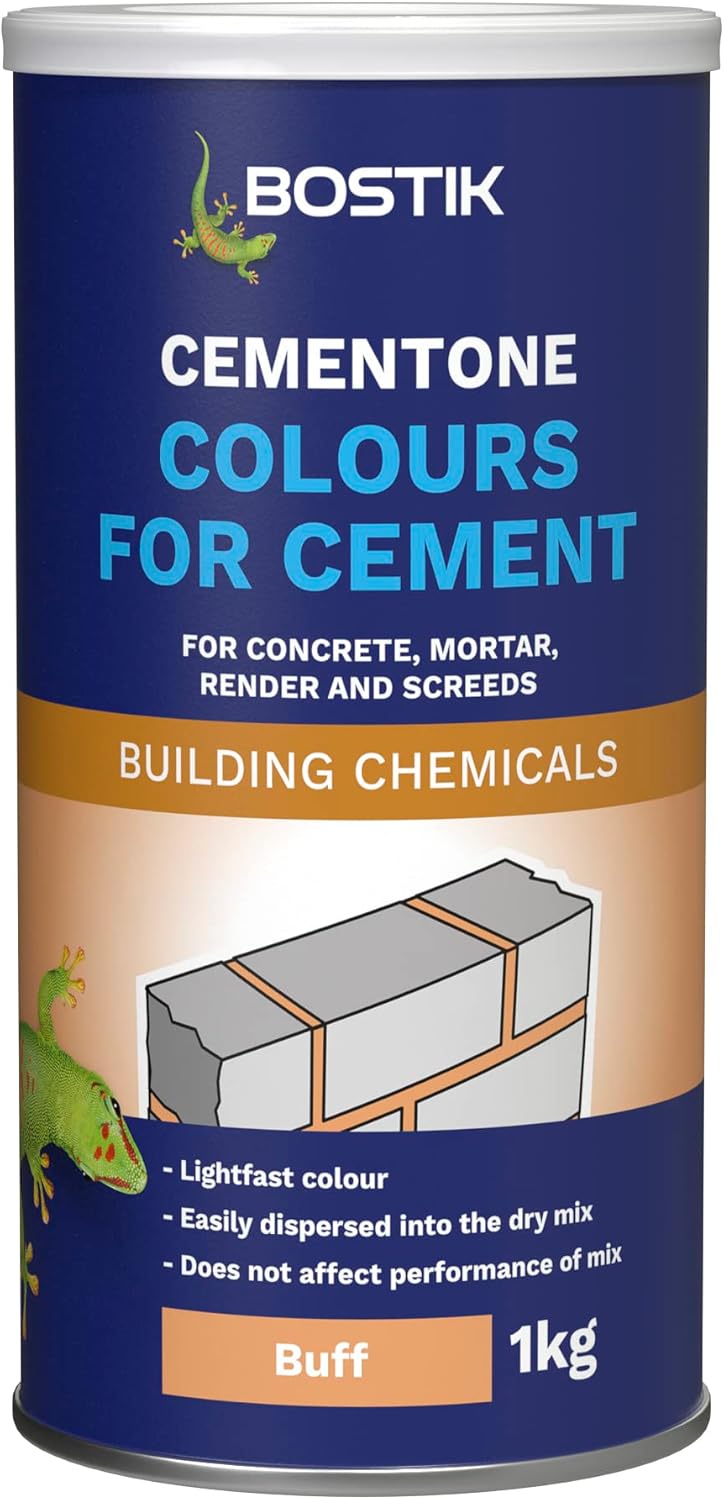About this deal
But with a 4:1 mix and standard Blue Circle cement, both come out largely grey (the golden sand comes out a lighter grey). In some cases it is possible to take a sample of the original mortar, break it down and separate out the sand. With a sample of the original sand to hand you can then use it to compare against sand from different sources until you find an exact or very close match. Step 1 – Get Samples If you have read through the above you should now know exactly why mortar can vary in colour and how a fresh mortar mix can be a totally different colour to existing mortar, it’s now time to look at the methods that can be used to actually colour match cement and mortar. Experiment With Different Mortar Mixes and Raw Materials Firstly, start with a 3:1 mix (3 sand to 1 cement) and then a 3½:1 (3½ sand to 1 cement), then a 4:1 mix (4 sand to 1 cement), then a 4½:1 mix (4½ sand to 1 cement) and so on, all the way up to a 6:1 mix.
Another factor that can alter the colour of mortar is whether lime was used in the original mix. As lime is naturally light in colour and is often used in place of cement in some mixes, mortar created using lime can look very light in colour and in some cases be nearly white. If it helps, I am looking for the sandy colour that this chap was able to get in his "this is how it turned out" picture (but funnily enough he wanted more grey!): I have tried adding in a little Snowcrete and it does soften the colour a bit to allow some sandy tones but it's still not proper sand coloured. Get in touch with any local historians or custodians of local monuments or historic buildings as it is likely that they will know exactly where the majority of original materials used were sourced from. Once dried, simply hold your sample board up to the existing mortar and look along the line until you spot a close or identical colour match and this will indicate the mix ratio to go for.If you know the age of your property and its pre-1900’ish then the chances are it may feature a lime-based mortar, especially if it is light in colour.
Place the sand on an old sheet/cloth and leave it somewhere out of the way to fully dry off. Once dry, pop it into a clear sealed jar or container. Step 7 – Match the Sample After you have created each mix, take a sample and place it on a scrap piece of wood. Do this for each mix until you have a long line of samples. Label each mix e.g. 3:1, 4:1 etc. so you know which is which and then leave them to fully dry. Different types and colours of sand – Image courtesy of sandatlas.org Does the Colour of the Cement Matter? The slight differences in mortar colour may not be such a major concern on newer properties as often the mortar colour can be matched fairly closely, but as said in older properties that may be several hundred years old, matching mortar colour can be a nightmare. It’s no coincidence that both the colour of most standard mortars and cement is a grey’ish colour. This is due to the fact that the grey colour-tones of the cement go a fair way into the overall colour of the mortar.
How to Colour Match Mortar
Lime mortar has been pretty much the go-to choice for building and construction for thousands of years but was replaced by more modern cement mortars due to their faster setting times and greater compressive strength towards the end of the 19th century. Don’t be tempted to use anything too heavy or blunt for this. If you get too carried away you will grind the actual sand particles down too much and have nothing to compare other than a pile of dust. Step 3 – Mix Muriatic Acid Solution With your sample to hand place them on an old scrap piece of wood. Using a similar scrap piece of wood, place this on top and use it to grind the mortar down. Concrete mix coloured grey due to colour of the cement used What Other Factors Affect Mortar Colour?
As we have mentioned above, the real key to matching mortar colour is to work out exactly what type of sand was originally used.This is also the case for your test mixes, so when measuring quantities for each mix component use a set size object such as a measuring jug or cut down soft drink bottle, filling each one to the brim each time and then levelling it off.
Similar to the way in which lime can significantly lighten the colour of mortar, as you may imagine, using white cement has the same effect. I wonder if I need a different cement, to include lime not snowcrete, a different colour sand? If anyone can help I'd be grateful.
What concrete additives and mortar additives do we have available?
You can now take this container to your local DIY sheds, builders merchants or other locations that sell sand so that you can compare it and hopefully get a close if not exact match. From concrete plastisicers and mortar water proofers to cement accelerators, retarders, dyes and everything in between, we’ve got it at Selco. Or if you’re looking for versatile, multi-purpose additives that can do it all, we’ve got some great products including the Sealorend Waterproofer, Retarder and Plasticiser that is especially handy when working with larger areas, as well as the SBR Admixture which serves as a bonding agent, sealer, primer and waterproofer in one.
 Great Deal
Great Deal 